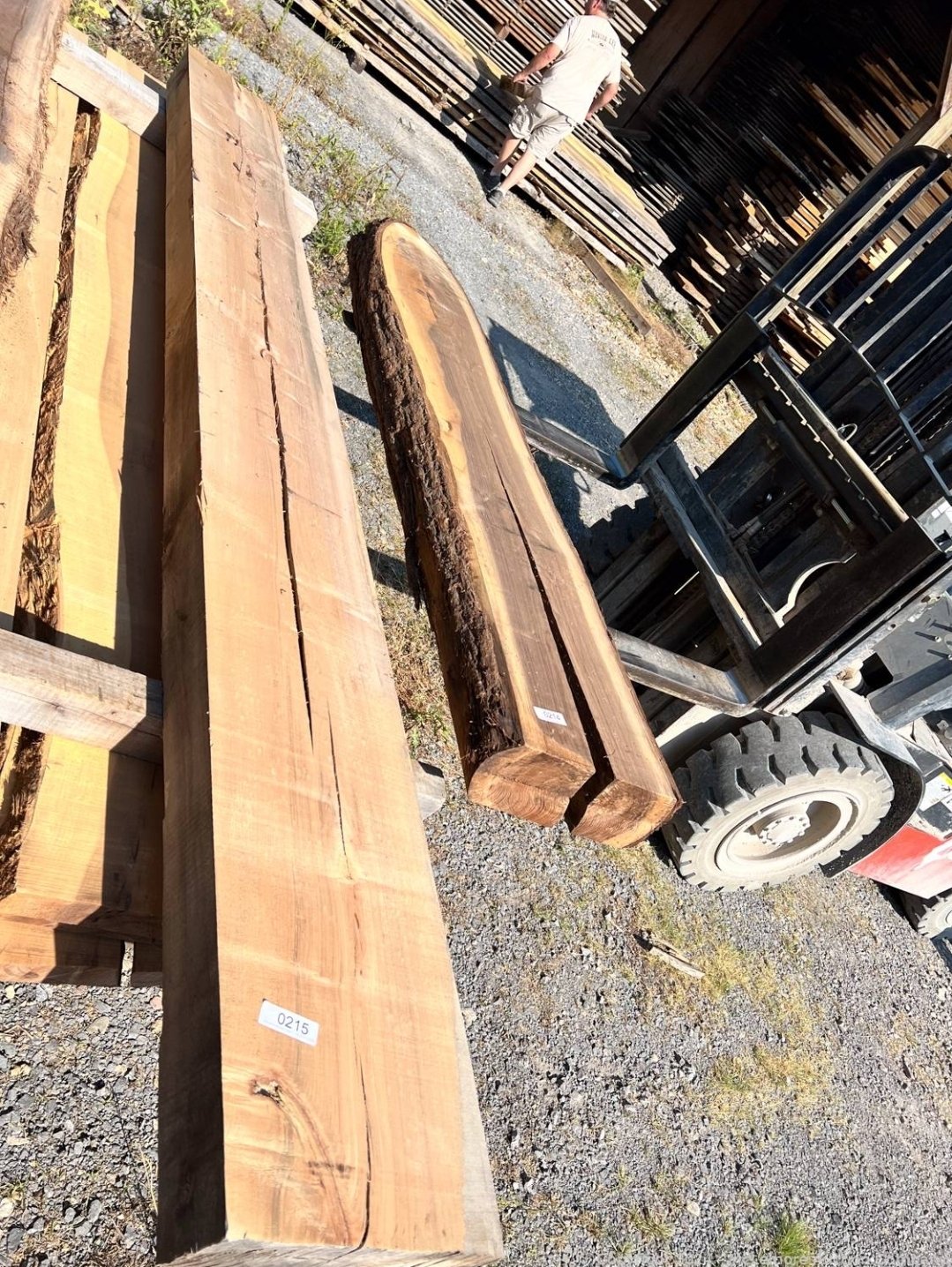this post was submitted on 12 Jul 2024
58 points (98.3% liked)
Woodworking
6144 readers
1 users here now
A handmade home for woodworkers and admirers of woodworkers. Our community icon is a planter box made by @Captain Aggravated, the winner of our summer '24 woodworking contest. Congratulations!
founded 1 year ago
MODERATORS
you are viewing a single comment's thread
view the rest of the comments
view the rest of the comments


The bigger the wood the more movement it will have. End grain boards like you describe often have their pieces oriented in opposing directions to manage the warping due to expansion and contraction. Plus the more pieces the more glue jointing holding it together.
To provide more stability, you could cut a series of slices and flip every other one such that the curve of the grain is alternating.
Like, instead of one, large 2" slice, two 1" slices, rotated 180° relative to each other?
I think we're saying the same thing?
You have your end grain slab laid on a table in front of you. From left to right divide cut it into parallel pieces (width of these is up to you 2" or 3" is probably fine). With them all laid on the table on their original pattern, rotate or flip alternating slices. Glue it up.